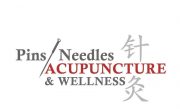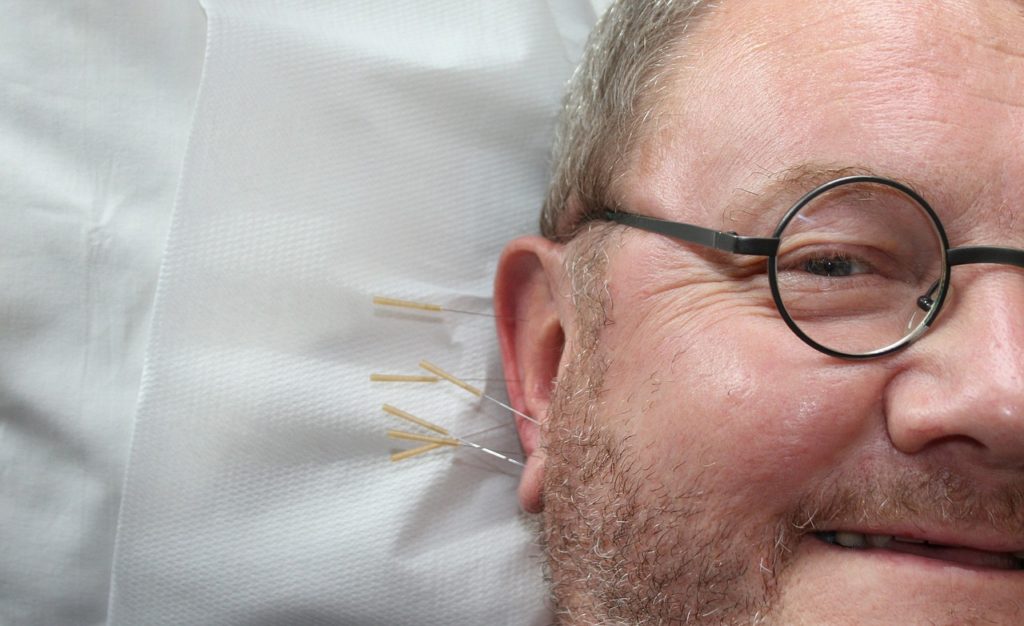When patients receive trigger point needling for the first time it is often a significantly different experience than acupuncture treatments they have had in the past. The world of acupuncture is quite diverse with those practicing and favoring a variety of techniques based on their own clinical experience. Many patients that have experience with acupuncture are only familiar with distal needling practices so when they first experience local needling it can require adequate patient communication.
With distal needling, depending on style, the needling method may be pain-free or focus on attaining “De Qi”. This can be very different than a twitch response elicited when a trigger point is directly needed. When I first see a patient, I always ask about previous needling experience. If they have had acupuncture before, I am sure to ask about the experience and whether they felt a twitch response. Often patients have also experienced needling from physical therapists, chiropractors, or physicians, which I also inquire more about as these providers’ treatment approaches can vary greatly as well.
I personally feel that the experience of Trigger Point Needling is separate enough from Distal or Constitutional styles that it even can have different home care recommendations and expectations. Not every practitioner may agree with this, but here is what I find most effective for my patients:
Move the day you are treated
This doesn’t mean have your most intense training session or compete right after needling. What this does mean, however, is do not get a treatment and go rest all day. Taking a walk, going for a swim, doing light work out, or performing recommended exercises can all be beneficial movements. When we treat trigger points, we are increasing blood flow with needling and if the patient gets the blood moving it is even more beneficial.
Avoid NSAIDs
This is a tricky one. I encourage patients to avoid NSAIDs as long as it does not counteract direct advice from their Physician. When we needle trigger points, we are somewhat reliant on micro-trauma to create a positive healing cascade and NSAIDs are not going to help this process. In my opinion, if the patient can avoid anything that interferes with the healing cascade I recommend it. Movement, heat, and self-massage can help instead. Ice is a topic on its own. Qualified practitioners should be well educated on the topic to apply their knowledge to their patient’s specific needs.
Self-massage is good in small doses
Foam rolling, lacrosse balls, and other methods of self-massage are very common among well-informed patients these days. While I encourage my patients to utilize these techniques, I also give some time restrictions and try to limit overdoing it. A little bit can go a long way with these techniques. Use of these self-care techniques for too long or too frequently can exacerbate symptoms and in my experience prolong the healing process.
Common occurrences
The other point I note to patients post-treatment is common “side effects” and what to watch for. Obviously, the most common post-treatment occurrences are bruising and temporary soreness. I think it is important to note that the bruises are not usually tender and the soreness should be brief but paid attention to (see the needle intensity blog for more). Fatigue can occur in some patients as well but is not something I see often. Temporary exacerbation of symptoms also occurs occasionally enough to be called common, so being informed about this point can be very helpful to patients.
Want more tips and tricks for Trigger Point Acupuncture? Check out the Trigger Point Acupuncture Facebook group!

